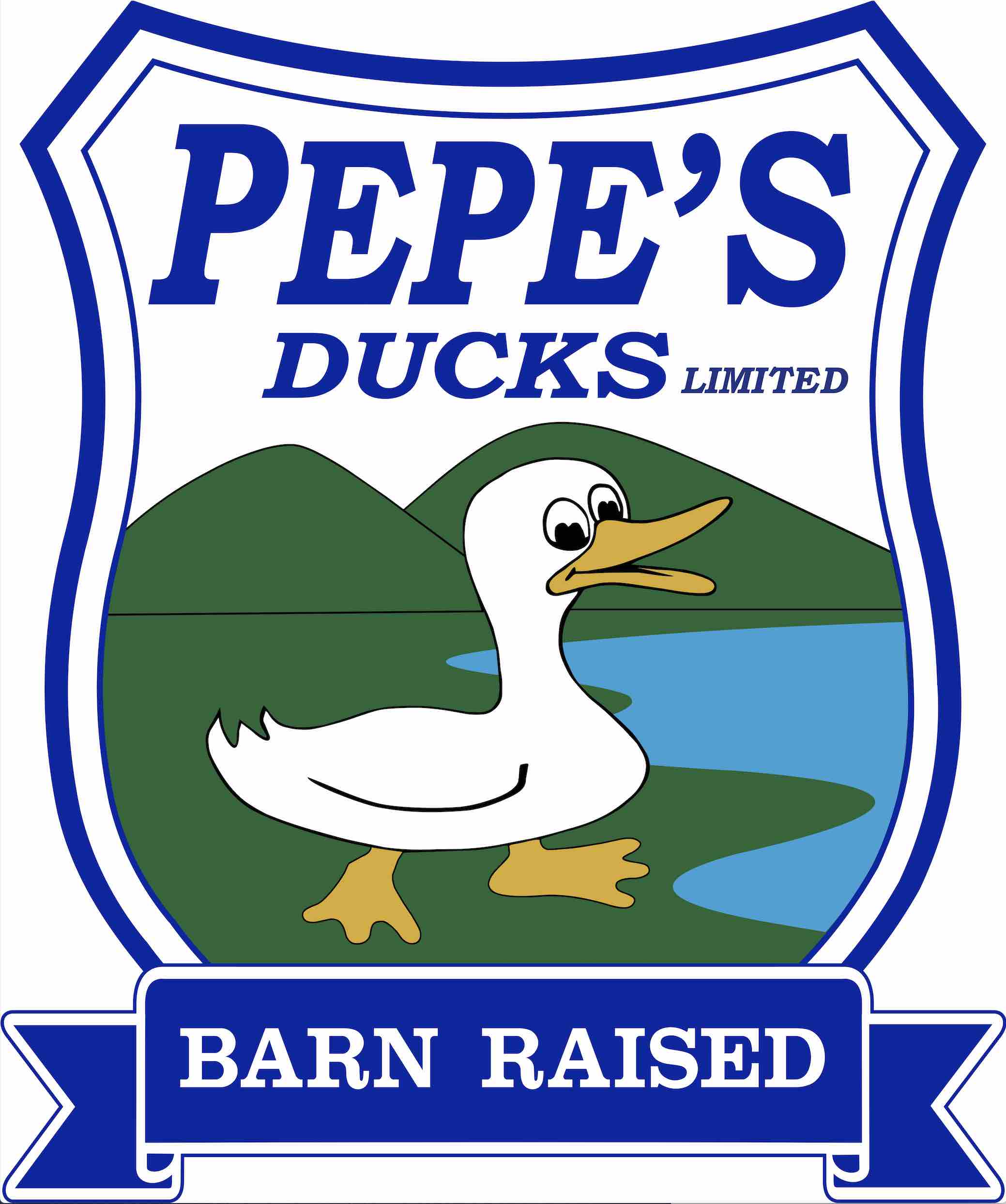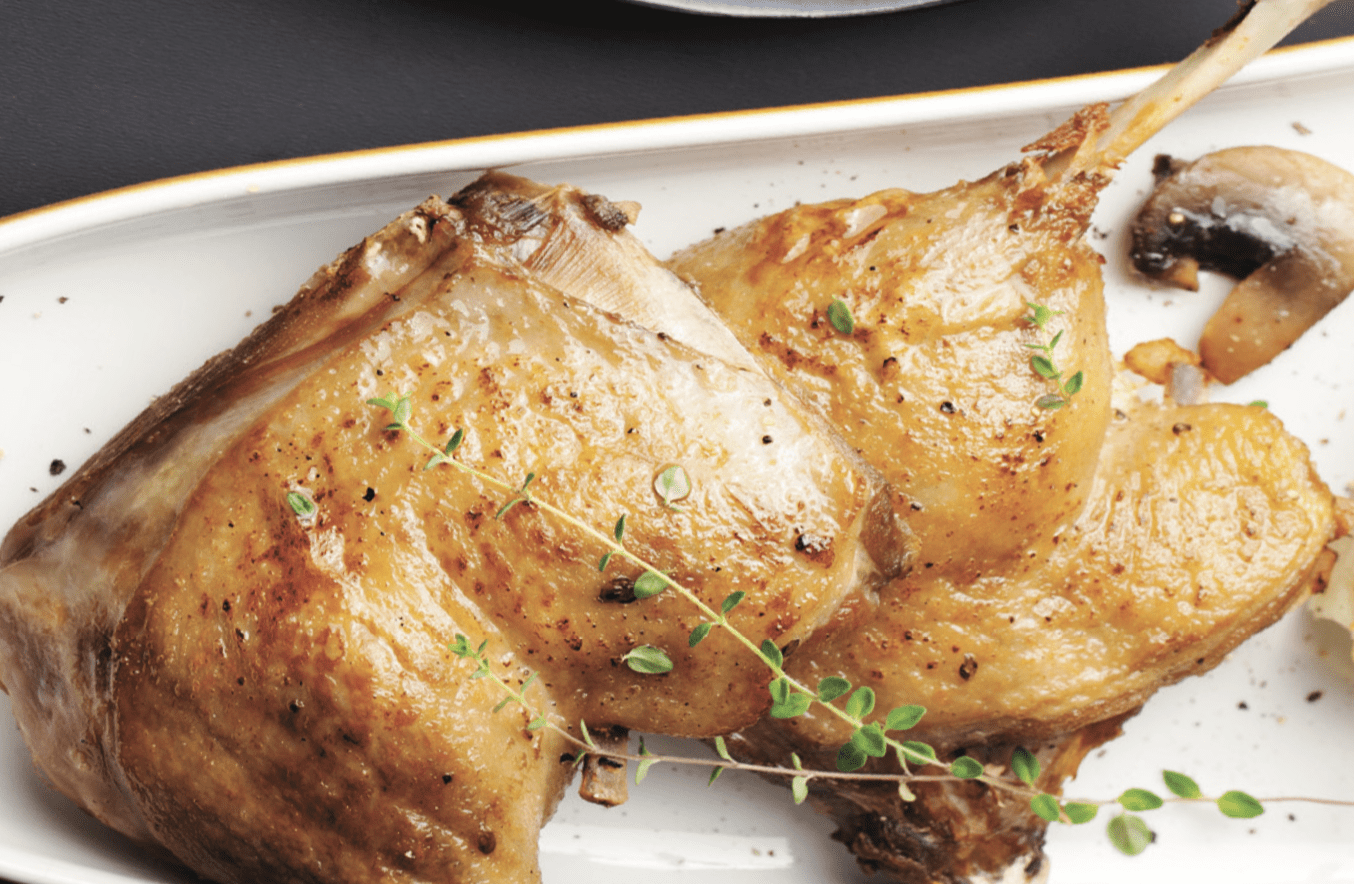Butchering is an increasingly underappreciated skill in the art of cooking.
These days, most people prefer getting their meat already pre-cut. For the most part, that seems practical.
But when it comes to poultry like duck meat, you may actually be losing out on a lot of opportunities to both enhance your home culinary skills and also save money! Learning how to butcher a duck can also exercise your precision with a knife as well as your ability to focus on a task. These are clearly very crucial skills when you’re in the kitchen.
That said, here are some basic cuts you can practice making with just a simple poultry knife on hand.
1. Legs
One important thing to remember about duck legs is that, unlike chicken, it is not worth separating it from the thigh. That’s why most duck butchering guides will tell you to just focus on the clearer division between the breast and the thigh.
Make sure to also be very gentle with cutting the skin as both of these parts are served best with it nice and crispy. Generally, you really want to avoid damaging it until you’re finally preparing a specific dish that needs that skin scored so it will cook evenly.
2. Breasts
Without a doubt, many will say that these are the most highly prized parts of the duck, but getting them ready for a grill is a lot trickier than it looks.
First of all, did you know that you could serve them with or without parts of the wings? Deciding which one you’d prefer will require you to be really precise when cutting the wings off at the joints.
Another thing to remember is that you really need to cut gently to separate the breast meat from the rib cage and the spine. You also have to pay attention to the smaller details, like removing the little breast tendon and trimming the skin and excess fat so that the whole breast is shaped evenly.
3. Trimmings
Speaking of which, trimming is another underappreciated butchering technique. Be it legs or breasts, any excess fat is going to make your dishes a little unhealthier than they should be. It also makes skin a lot harder to crisp up. Furthermore, these trimmings are going to be your go-to source of duck fat for rendering.
That’s why it’s important to first start breaking down your duck by looking out for these extra fatty places. Oftentimes, these are right around the cavity. It is also why you generally cut at least the wing tips. You also have the back fat in the main body.
To sum it up, be prepared to pay very close attention and really be patient if its your first time. But with constant practice, you’ll be gaining a very valuable skill that can take your cooking to many places.

